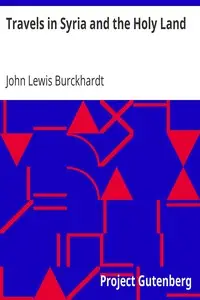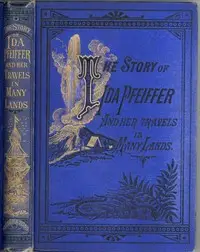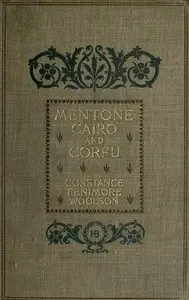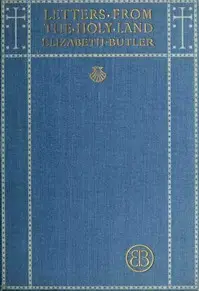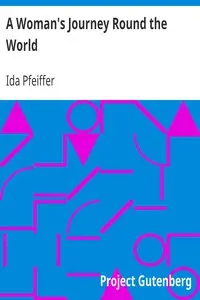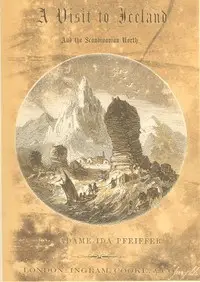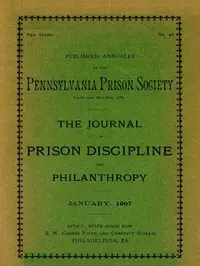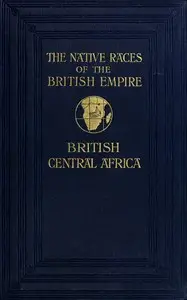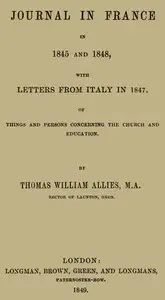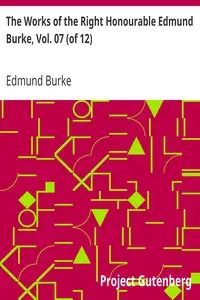"A Visit to the Holy Land, Egypt, and Italy" by Ida Pfeiffer is a 19th-century travel story about a woman's journey to culturally rich regions, which were usually traveled by men. The book is about Pfeiffer’s adventures as she travels through different landscapes, learns about various cultures, and thinks about the history of the places she goes. The narrative begins with Pfeiffer getting ready for the trip she always wanted to take, which started in 1842 after she took care of things at home. She leaves Vienna with a strong feeling that she needs to take on challenges and talks about her time on a steamer going down the Danube, describing the views, the people she met, and how she felt when she first saw new places. The descriptions show both the good and bad parts about traveling during that time and hint at the amazing stories and adventures that will happen as she keeps exploring the Holy Land and other places.
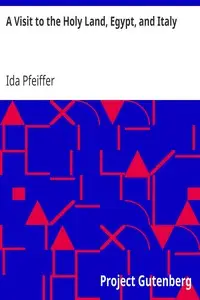
A Visit to the Holy Land, Egypt, and Italy
By Ida Pfeiffer
In the mid-19th century, a woman defies norms by traveling to the Holy Land, Egypt, and Italy, sharing her unique perspective of culture, history, and adventure in a world largely seen through the eyes of men.
Summary
About the AuthorIda Laura Pfeiffer, née Reyer, an Austrian explorer, travel writer, and ethnographer, became a famous early female traveler; her bestselling journals were translated into seven languages. She journeyed an estimated 32,000 kilometres (20,000 mi) by land and 240,000 kilometres (150,000 mi) by sea through Southeast Asia, the Americas, the Middle East, and Africa, and made two trips around the world between 1846 and 1855. Though a member of the geographical societies of both Berlin and Paris, she was denied membership by the Royal Geographical Society in London as it forbade the election of women before 1913.
Ida Laura Pfeiffer, née Reyer, an Austrian explorer, travel writer, and ethnographer, became a famous early female traveler; her bestselling journals were translated into seven languages. She journeyed an estimated 32,000 kilometres (20,000 mi) by land and 240,000 kilometres (150,000 mi) by sea through Southeast Asia, the Americas, the Middle East, and Africa, and made two trips around the world between 1846 and 1855. Though a member of the geographical societies of both Berlin and Paris, she was denied membership by the Royal Geographical Society in London as it forbade the election of women before 1913.

